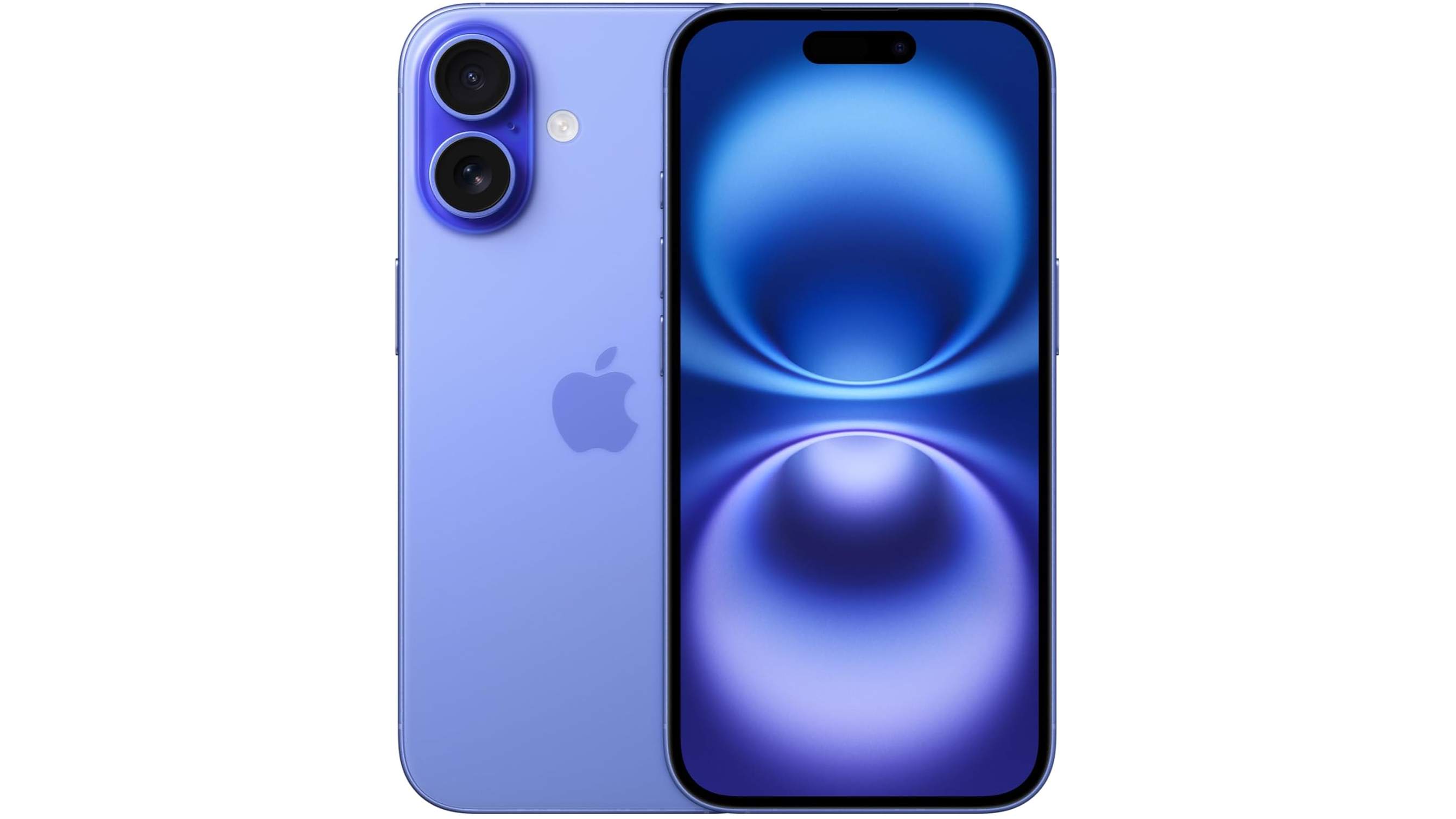
With its Camera Control button, 48MP main lens, powerful A18 chipset, and Apple Intelligence compatibility, the iPhone 16 is one of the best phones on the market right now.
Pros
- Camera Control functionality
- A18 chip is plenty powerful
- Gets the Action button
Cons
- No telephoto camera
- Still no 120Hz refresh rate
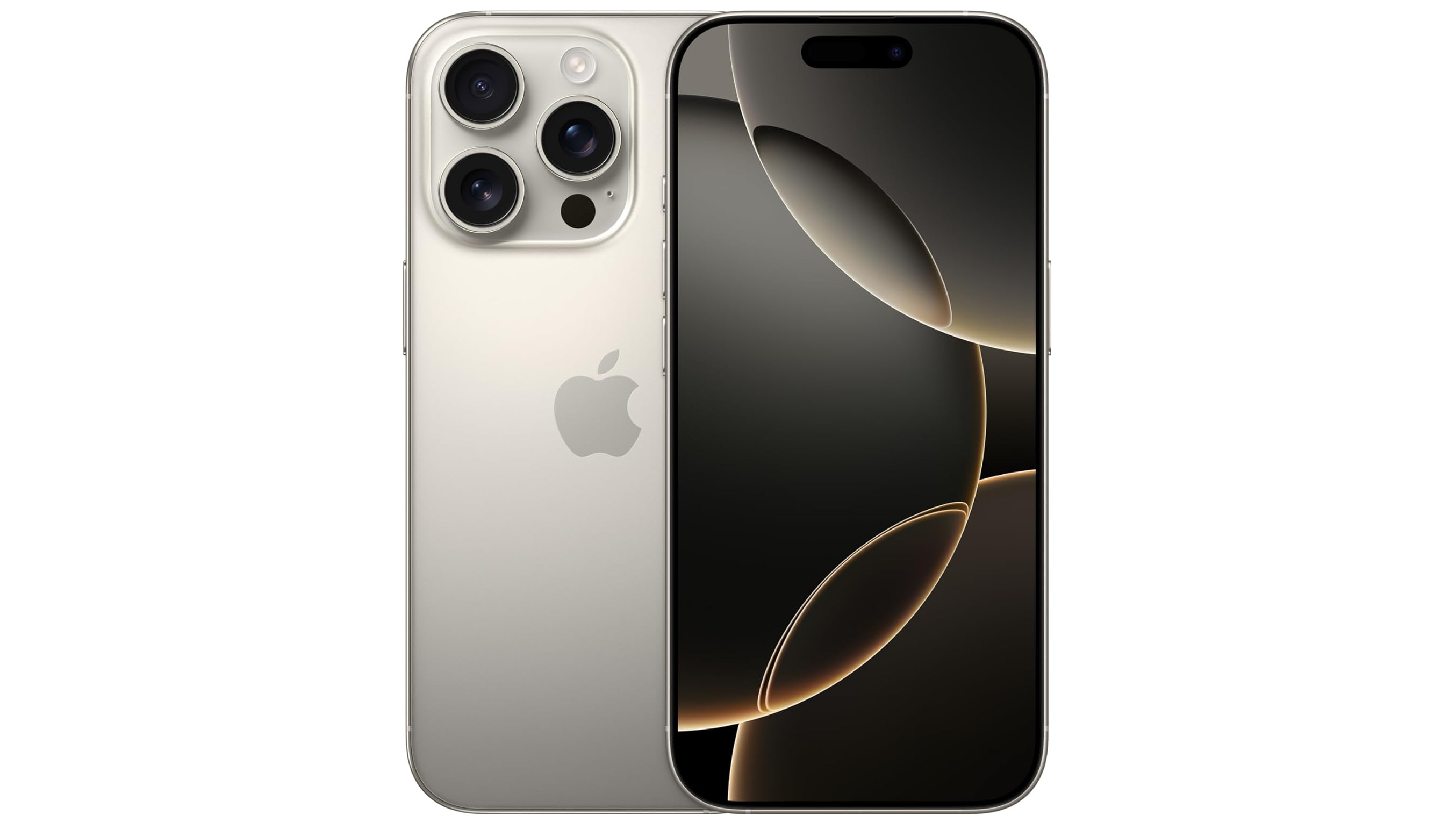
The iPhone 16 Pro boasts better cameras, a display with 120Hz refresh rate and always-on features, and a titanium design that the iPhone 16 lacks, though you'll pay much more for the privilege of ownership.
Pros
- Extremely powerful
- New 6.3-inch screen size
- Beautiful design
Cons
- 128GB base storage is too low
- Expensive
The iPhone 16 and iPhone 16 Pro are two of the best iPhones (and maybe the best phones, period) money can buy, but which model should you go for?
It doesn’t take a genius to work out that the iPhone 16 Pro is, objectively speaking, the more capable of the two new devices, but that doesn’t mean it’s the better model for everyone. Just as the iPhone 15 is a superior value versus the iPhone 15 Pro, the iPhone 16 may be a better buy for those who don’t need all of Apple’s premium bells and whistles.
In this guide, we pit the iPhone 16 against the iPhone 16 Pro in every area that matters. We’ve already reviewed both devices – check our iPhone 16 review and iPhone 16 Pro review for our full verdicts – but if you're looking for a spec-by-spec comparison, read on.
iPhone 16 vs iPhone 16 Pro: Specs comparison
Here’s how the iPhone 16 and iPhone 16 Pro compare on the specs front:
| Header Cell - Column 0 | iPhone 16 | iPhone 16 Pro |
|---|---|---|
| Display: | 6.1-inch Super Retina XDR OLED | 6.3-inch Super Retina XDR OLED |
| Resolution: | 2556 x 1179 | 2556 x 1179 |
| Refresh rate: | 60Hz | 120Hz |
| Chipset: | A18 | A18 Pro |
| Rear cameras: | 48MP wide, 12MP ultra-wide | 48MP wide, 48MP ultra-wide, 12MP 5x telephoto |
| Front camera: | 12MP | 12MP |
| RAM: | 8GB | 8GB |
| Storage: | 128GB, 256GB, 512GB | 128GB, 256GB, 512GB, 1TB |
| Battery: | 3,561mAh (unpublished) | 3,582mAh (unpublished) |
| Charging: | 45W wired, 25W wireless, 4.5W reverse wired | 45W wired, 25W wireless, 4.5W reverse wired |
iPhone 16 vs iPhone 16 Pro: Price and availability
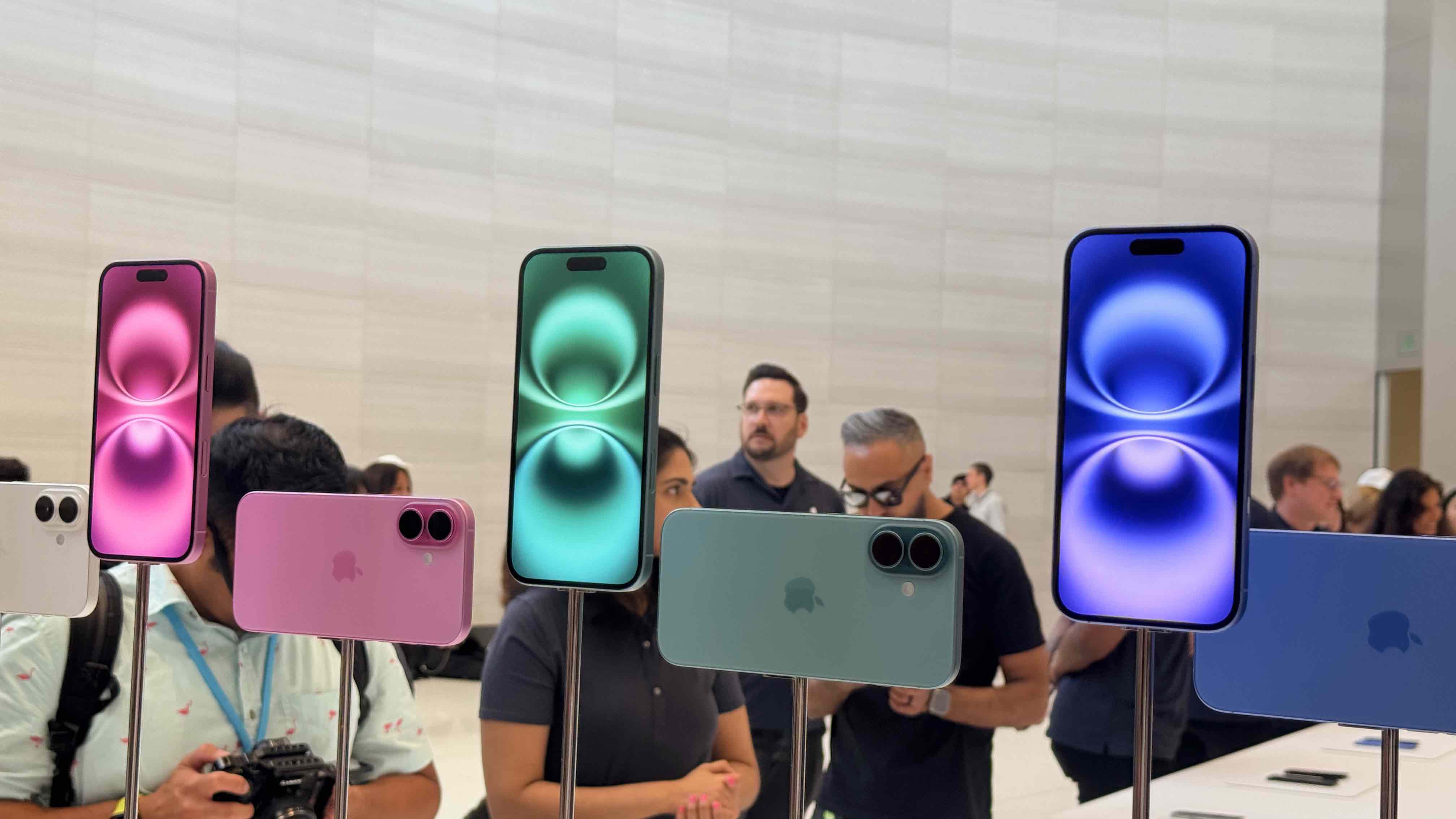
Both the iPhone 16 and iPhone 16 Pro were announced at the 'It's Glowtime' Apple event on Monday, September 9, and began shipping on Friday, September 20.
The iPhone 16 starts at $799 / £799 / AU$1,399 for the model with 128GB of storage, with that price rising to $899 /£899 / AU$1,599 for the model with 256GB of storage and $1,099 / £1,099 / AU$1,949 for the model with 512GB of storage.
Unsurprisingly, the iPhone 16 Pro is a lot more expensive. Apple’s 6.3-inch flagship starts at $999 / £999 / AU$1,799, and you’ll still only get 128GB of storage for that price (strangely, the larger iPhone 16 Pro Max starts at 256GB of storage). You can, however, opt for up to 1TB of storage with the iPhone 16 Pro, with that top-end model costing a whopping $1,499 / £,1499 / AU$2,699.
Sign up for breaking news, reviews, opinion, top tech deals, and more.
Full iPhone 16 and iPhone 16 Pro pricing is as follows:
| Model | iPhone 16 | iPhone 16 Pro |
|---|---|---|
| 128GB | $799 / £799 / AU$1,399 | $999 / £999 / AU$1,799 |
| 256GB | $899 / £899 / AU$1,599 | $1,099 / £1,099 / AU$1,099 |
| 512GB | $1,099 / £1,099 / AU$1,949 | $1,299 / £1,299 / AU$2,349 |
| 1TB | N/A | $1,499 / £1,499 / AU$2,699 |
To snag an iPhone 16 or iPhone 16 Pro at the best possible price, check out our dedicated iPhone 16 deals page.
iPhone 16 vs iPhone 16 Pro: Design
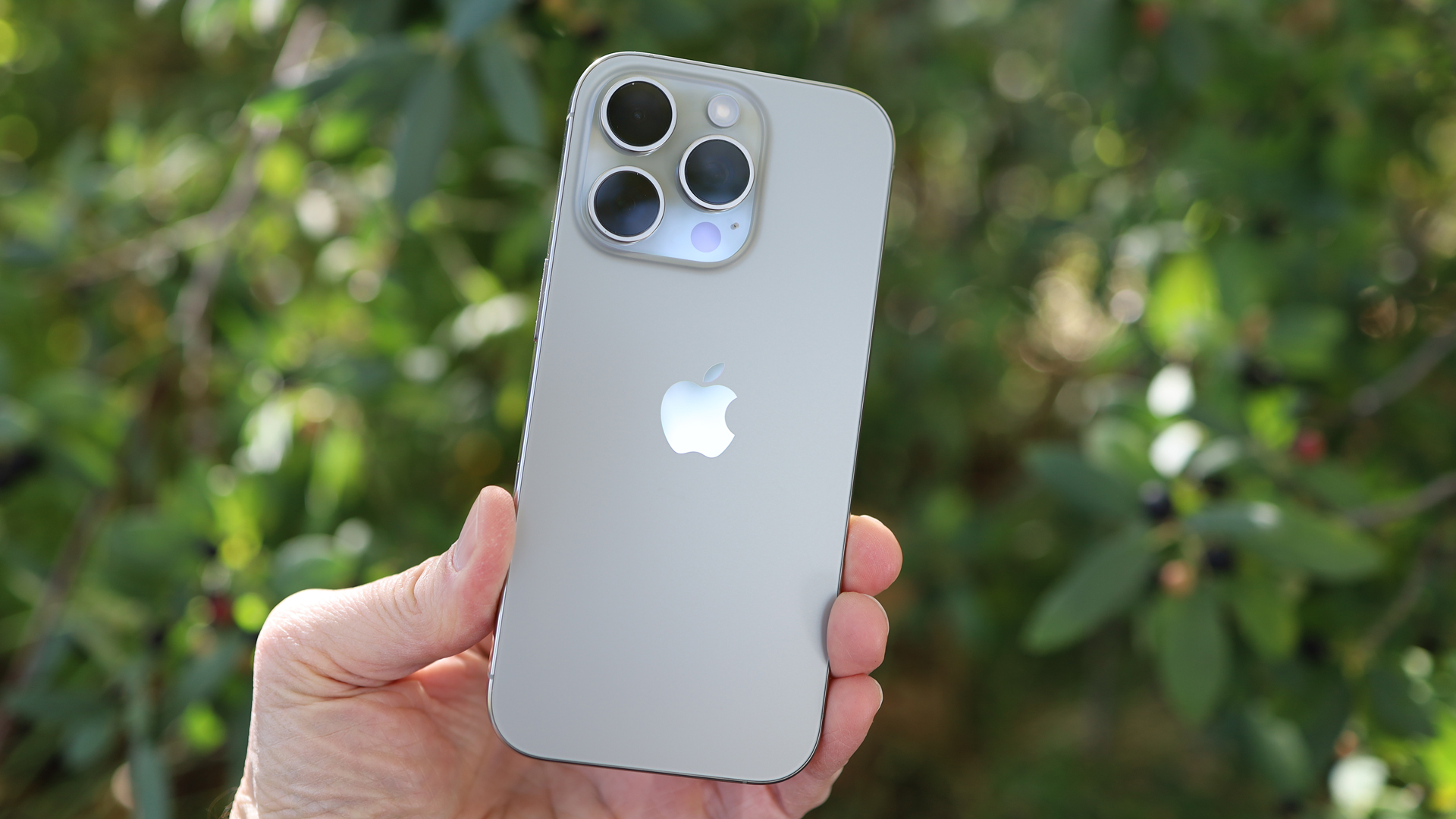
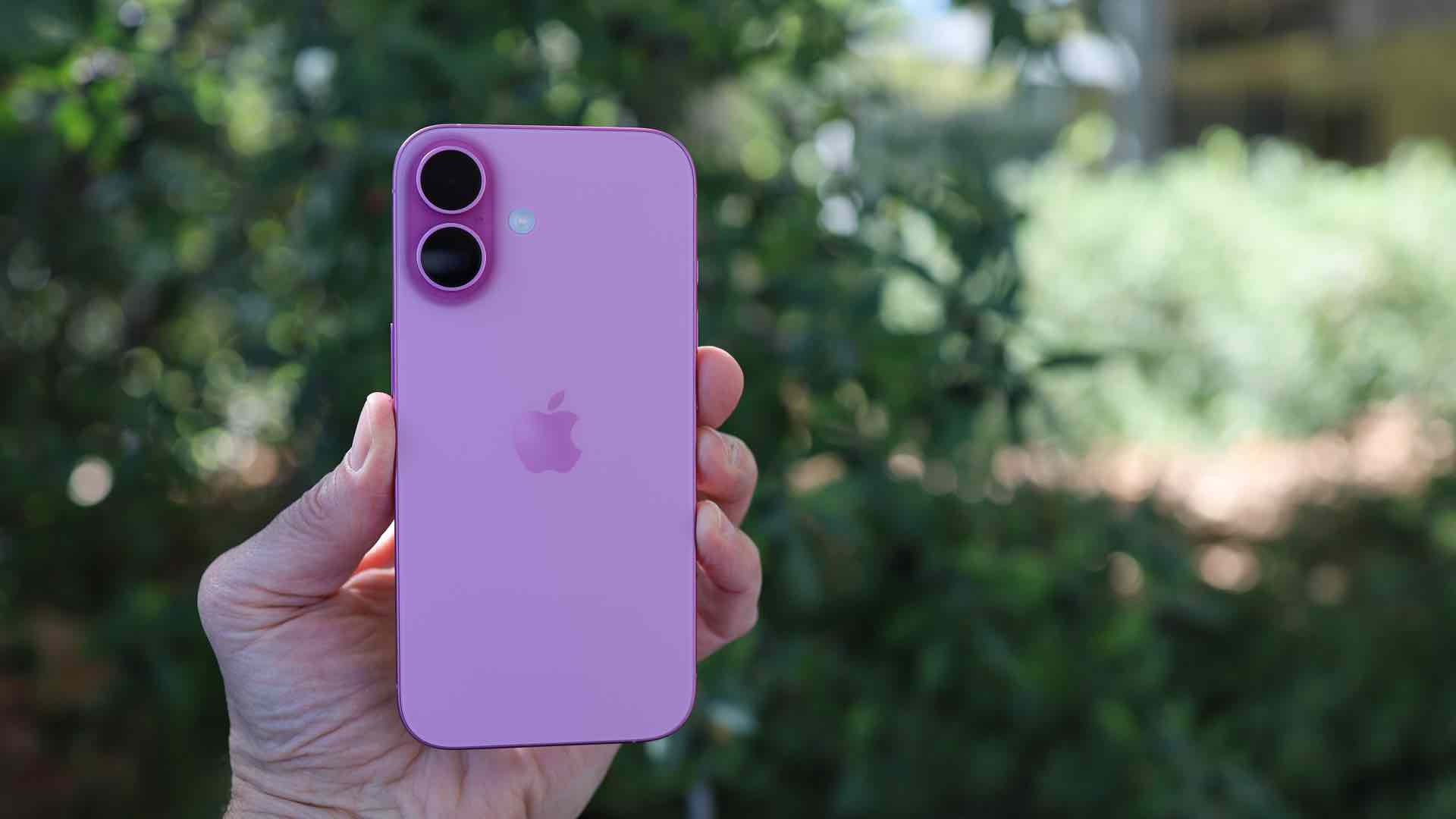
Let’s start with the phones’ respective designs. The iPhone 16 Pro is quite simply a larger and heavier device than the iPhone 16. The latter measures 147.6 x 71.6 x 7.8mm, weighs 170g, and has a 6.1-inch display, while the former measures 149.6 x 71.5mm x 8.25, weighs 199g, and has a 6.3-inch display.
If you’ve followed iPhone launches closely, you’ll know that Apple’s smaller Pro phones have historically been equipped with the same size screens as its standard models, but the iPhone 16 Pro bucks that trend by offering a 6.3-inch display – the first in iPhone history. So, if you know that you find 6.1-inch displays too compact, and 6.7-inch displays too large (or 6.9-inch displays in the case of the iPhone 16 Pro Max), then the iPhone 16 Pro might hit a never-before-seen sweet spot in terms of smartphone size.
Of course, the standard iPhone 16 is 29g lighter than its big brother as a result of this screen size change, which is certainly noticeable when holding the two phones side by side.
That said, in reality, the iPhone 16 Pro isn’t all that much larger than the iPhone 16 – you’ll notice that the two phones share almost identical dimensions; that’s because the 16 Pro’s additional screen inches have been gained through some improbably thin display bezels (more on these later).
On the construction front, the iPhone 16 retains the iPhone 15’s smooth, rounded aluminum edges and color-infused rear glass panel; the only real visual change comes to the rear cameras, which are now vertically aligned, rather than diagonally aligned.
The iPhone 16 Pro, meanwhile, looks almost identical to the iPhone 15 Pro, with three rear cameras to the iPhone 16’s two. The Pro phone once again benefits from a grade 5 titanium build, too, which is stronger than its sibling’s aluminum casing.
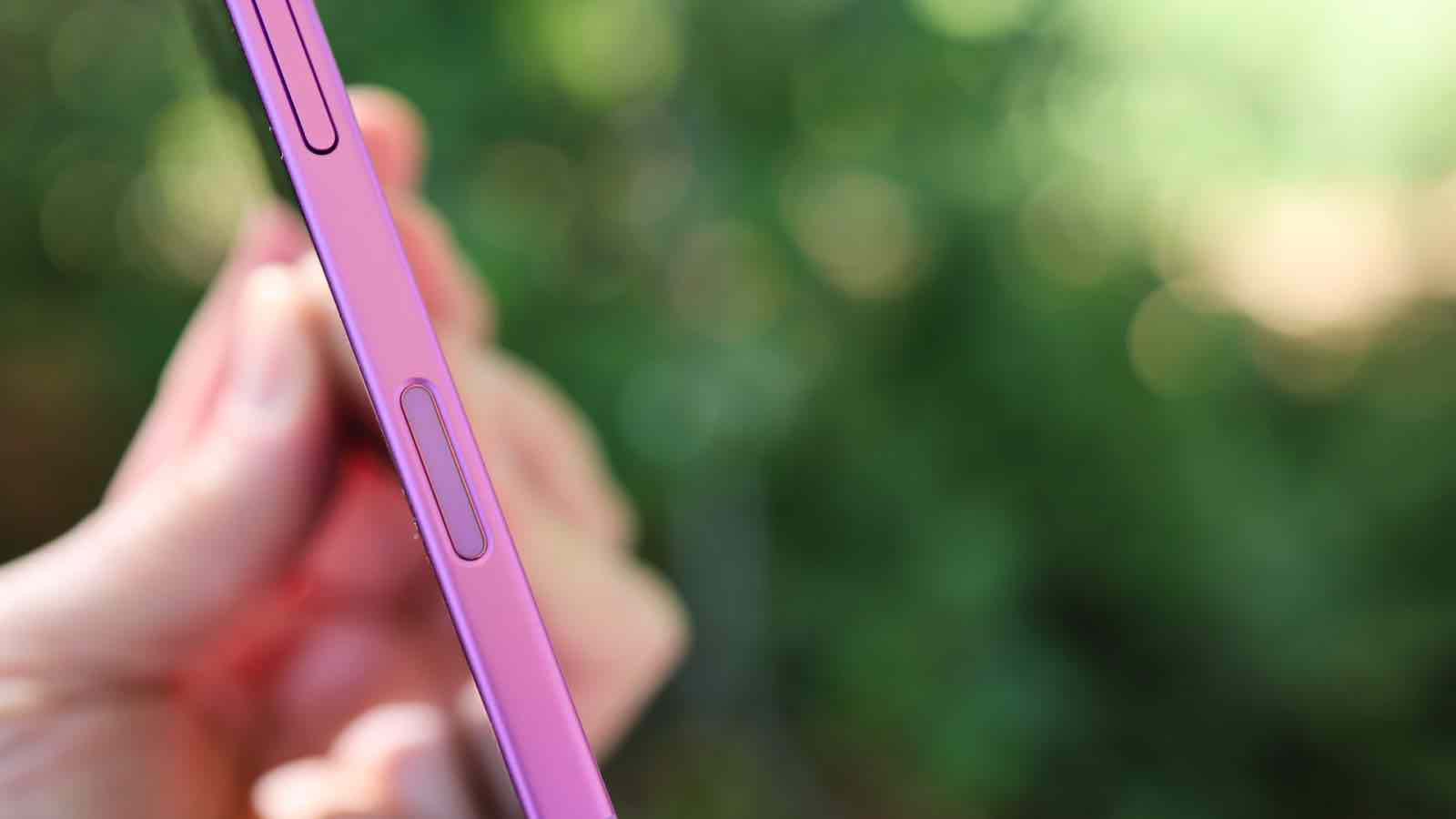
The good news (for base model fans, at least) is that every iPhone 16 shares the same buttons. Both the iPhone 16 and iPhone 16 Pro boast an Action button, a power button, volume buttons, and the all-new Camera Control button. The latter doubles as a shutter release and a Touch Bar-style gesture control, so you can zoom and adjust exposure, among other useful things, using just your finger, regardless of which model you choose.
When it comes to colors, the iPhone 16 Pro gets the more professional selection of the two devices, while the iPhone 16’s equivalent feels more fun. The latter phone is available in Ultramarine, Teal, Pink, White, and Black, while the Pro ships in Black Titanium, White Titanium, Natural Titanium, and Desert Titanium.
iPhone 16 vs iPhone 16 Pro: Display

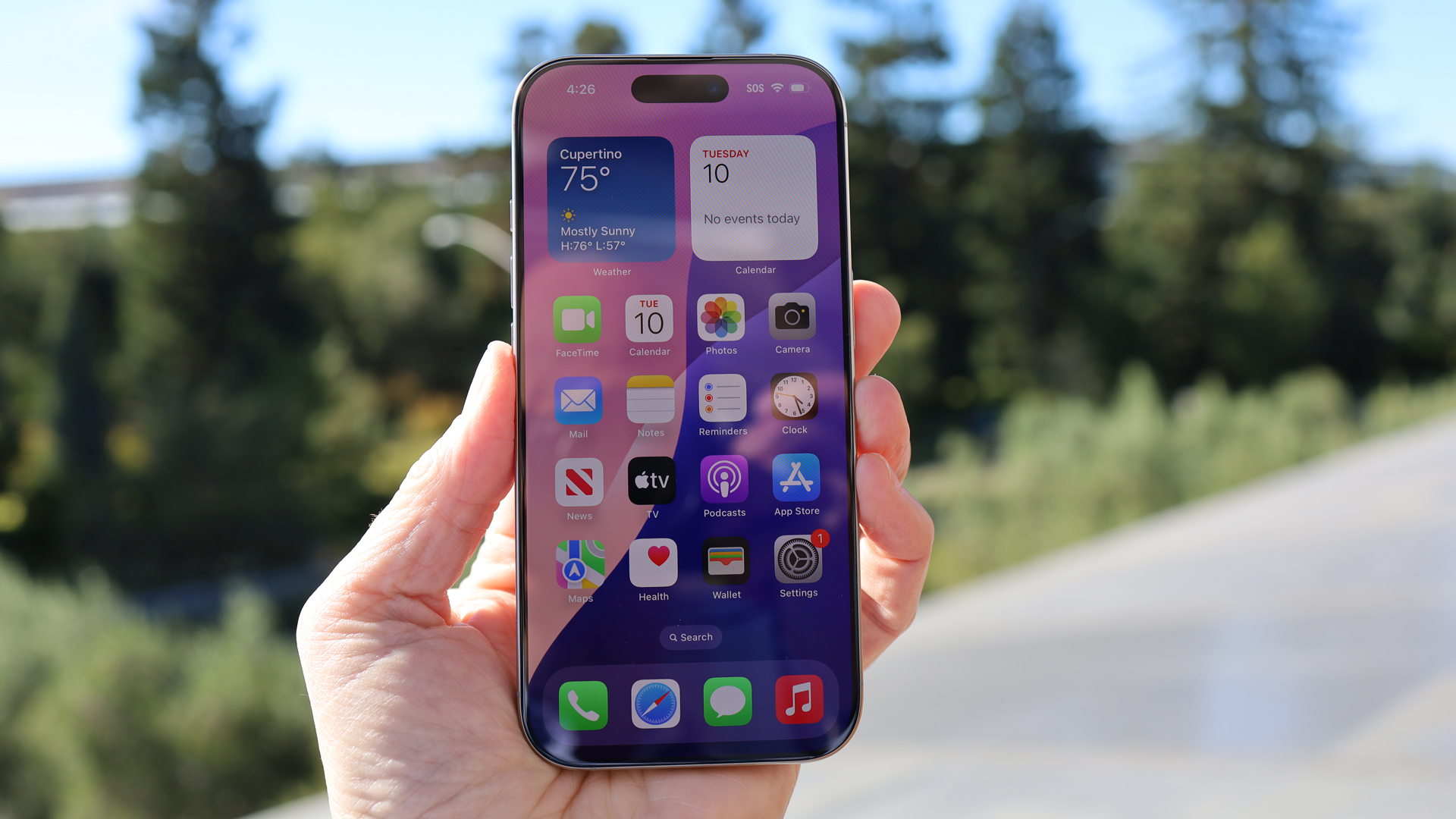
We’ve already mentioned that the iPhone 16 Pro’s display is larger than the iPhone 16’s, and Apple has made these gains by equipping its latest Pro model with improbably thin display bezels (as opposed to expanding the actual unit size). The iPhone 16 isn’t exactly covered in black bars, but the Pro is a sight to behold when it comes to screen real estate.
Both phones use a Super Retina XDR OLED display that offers vibrant colors and stark contrast points, and both can hit 2,000 nits at peak brightness, making them bright enough to be used outdoors on a sunny day. The Dynamic Island is present across the board, too.
The only real difference between the two displays (apart from those bezels) is in their respective refresh rates. As we’ve come to expect from Apple, the base iPhone 16 is stuck with a fixed 60Hz refresh rate, while the iPhone 16 Pro gets an adaptive 1-120Hz refresh rate (dubbed ProMotion), which brings smoother scrolling and Always-On functionality.
For many iPhone users, 120Hz refresh rates make Apple’s best iPhones worth the money, but those who haven’t experienced anything other than 60Hz scrolling will likely be just fine with the iPhone 16. It’s all a matter of perspective – the iPhone 16 doesn't feel slow, by any means, but the iPhone 16 Pro provides an objectively smoother experience.
iPhone 16 vs iPhone 16 Pro: Cameras
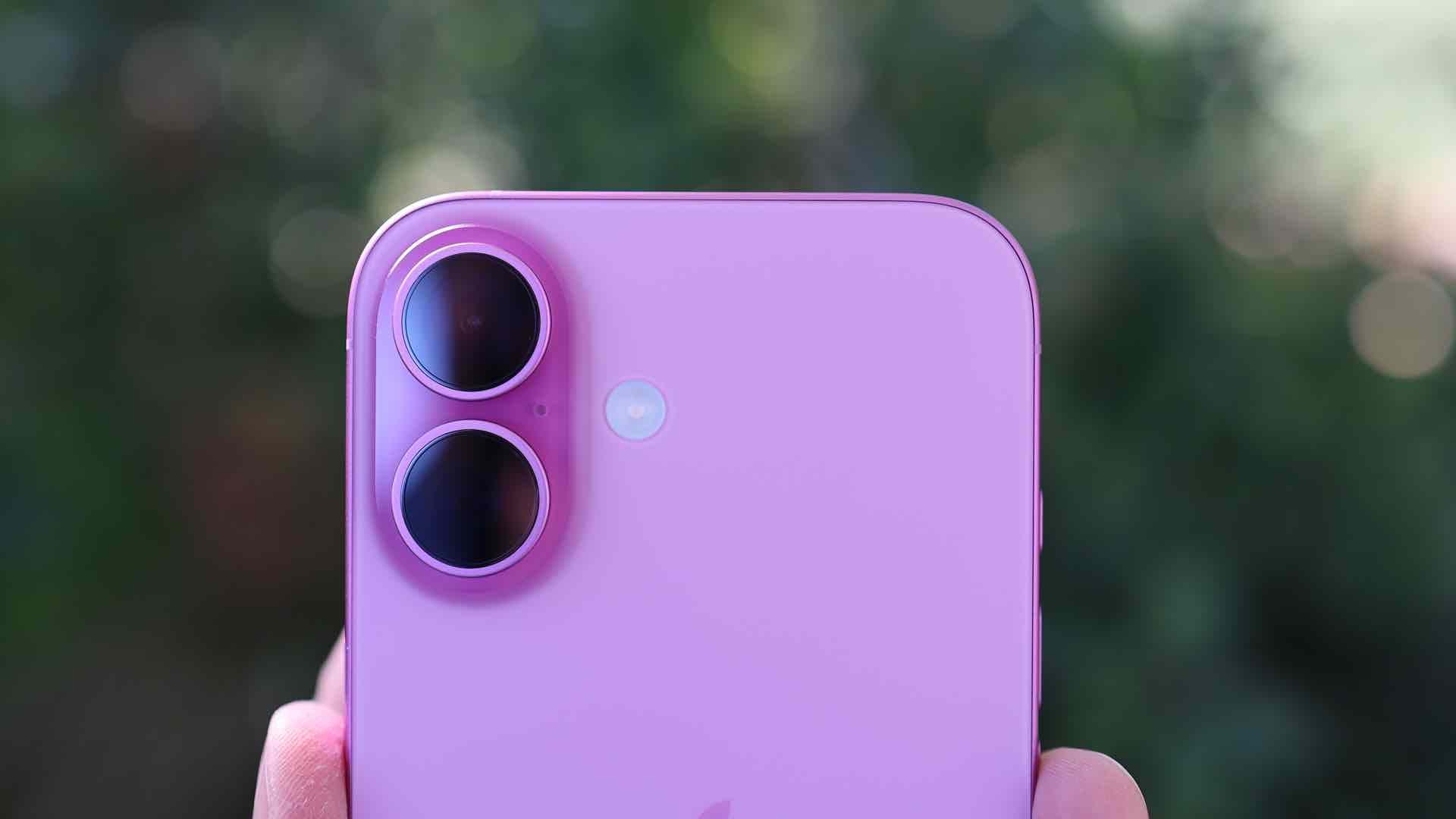
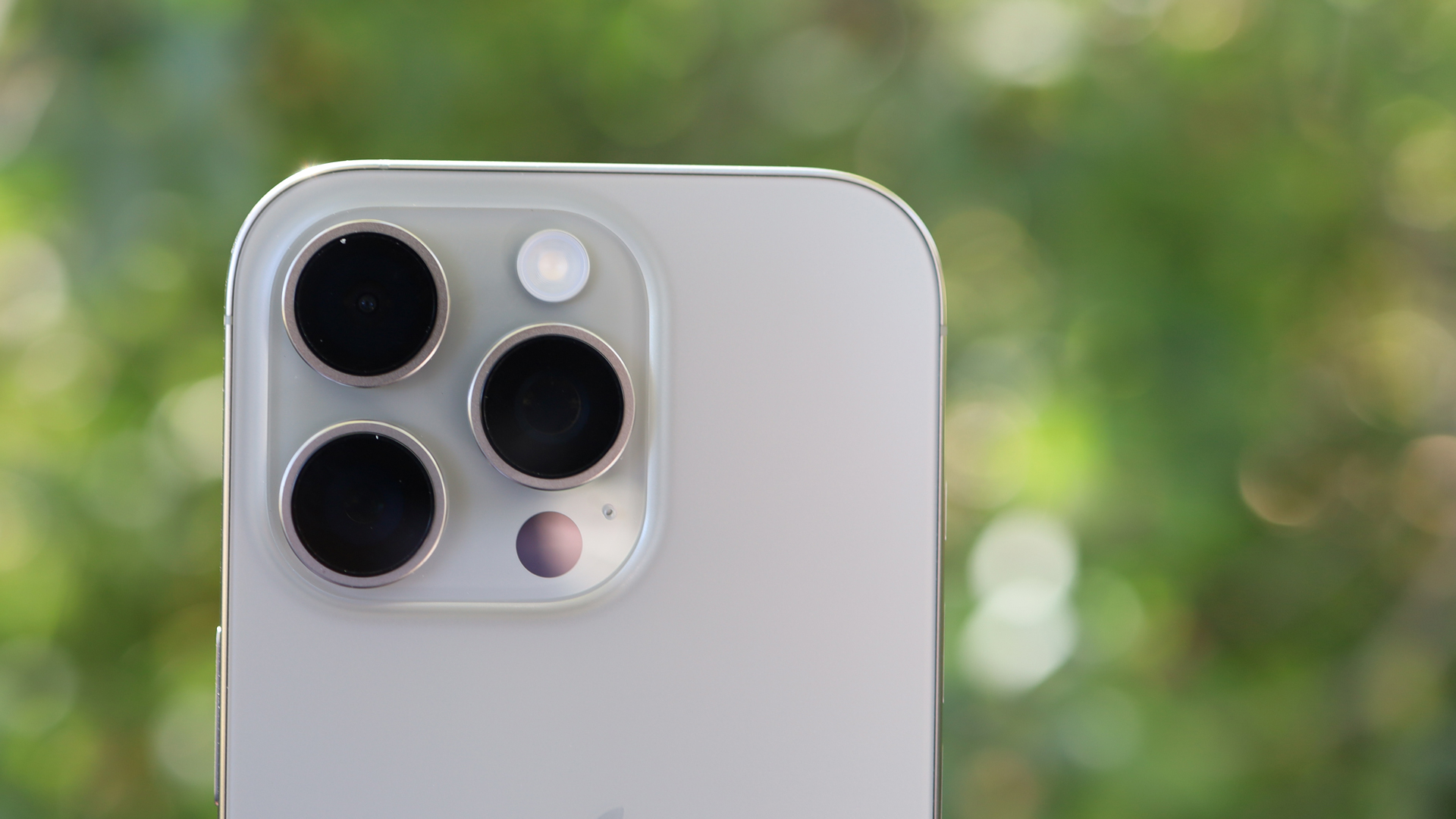
Some of the biggest differences between the iPhone 16 and iPhone 16 Pro are in the cameras. The base model gets a 48MP main camera (26 mm, f/1.6) and a 12MP ultra-wide (13 mm, f/2.2), while the iPhone 16 Pro gets a 48MP main (24mm, f/1.78), a 48MP ultra-wide (13mm, f/2.2), and a 12MP telephoto with 5x optical zoom (120mm, f/2.8).
The presence of a telephoto lens on the iPhone 16 Pro – and the lack thereof on the standard model – means serious mobile photographers should definitely consider spending the extra money on Apple’s latest flagship: it’s the best iPhone camera ever and arguably the best camera phone, period, at the time of writing.
Of course, the iPhone 16 is no slouch when it comes to photography – it’s just objectively lower-spec. It gets the same 48MP ‘Fusion’ camera as the iPhone 16 Pro, a marginally weaker 12MP ultra-wide lens, and despite the lack of a telephoto lens, you can still zoom digitally up to 10x. As our iPhone 16 review notes, we “particularly like the clarity and level of detail that the iPhone 16’s main camera provides [...] shots are rich with details and especially good at providing a natural bokeh around an object.”
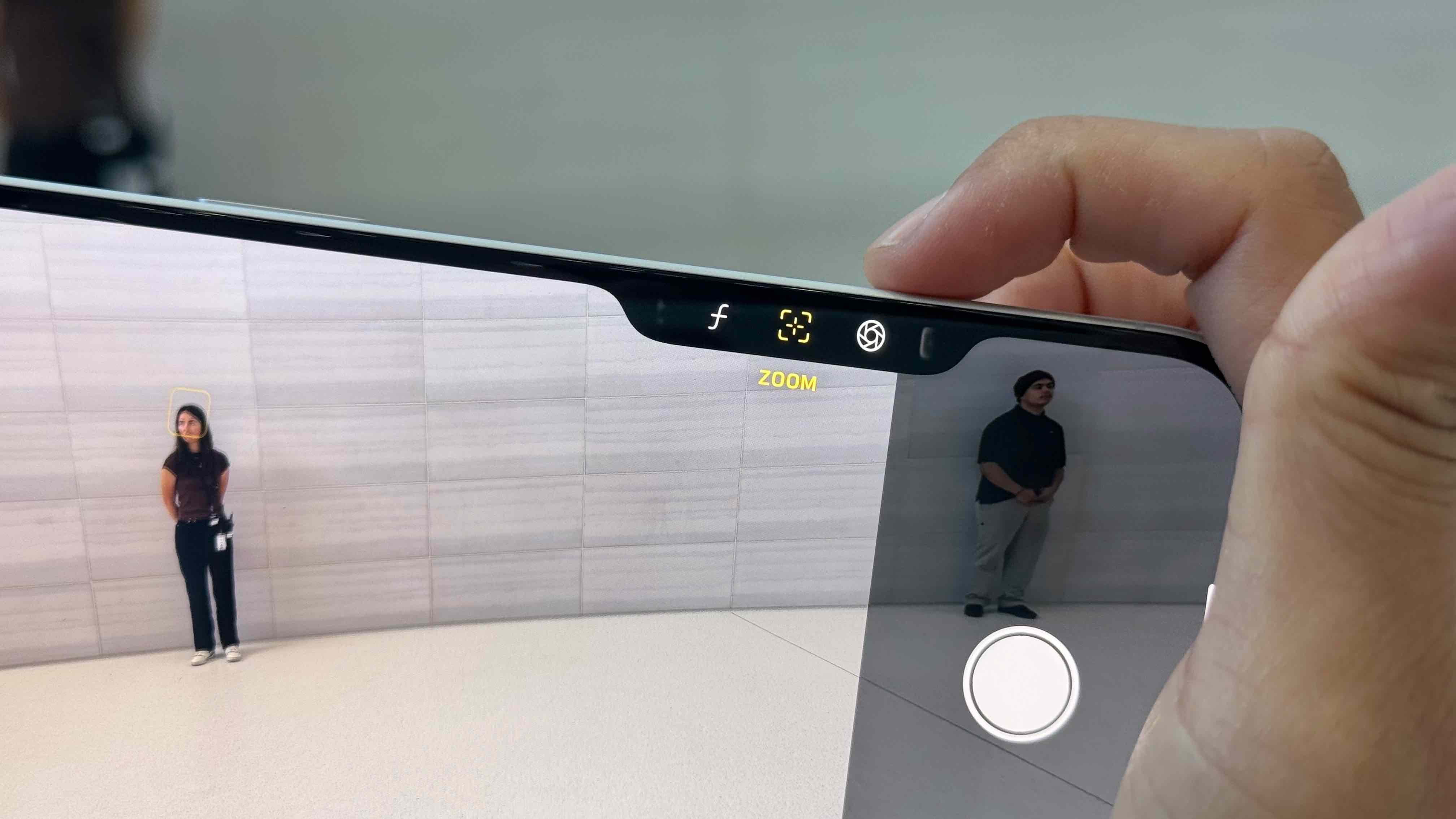
Furthermore, both the iPhone 16 and iPhone 16 Pro get Apple’s new Camera Control button, meaning you’ll benefit from this convenient hardware key regardless of which model you choose. Nice work, Apple.
iPhone 16 vs iPhone 16 Pro: Performance and software
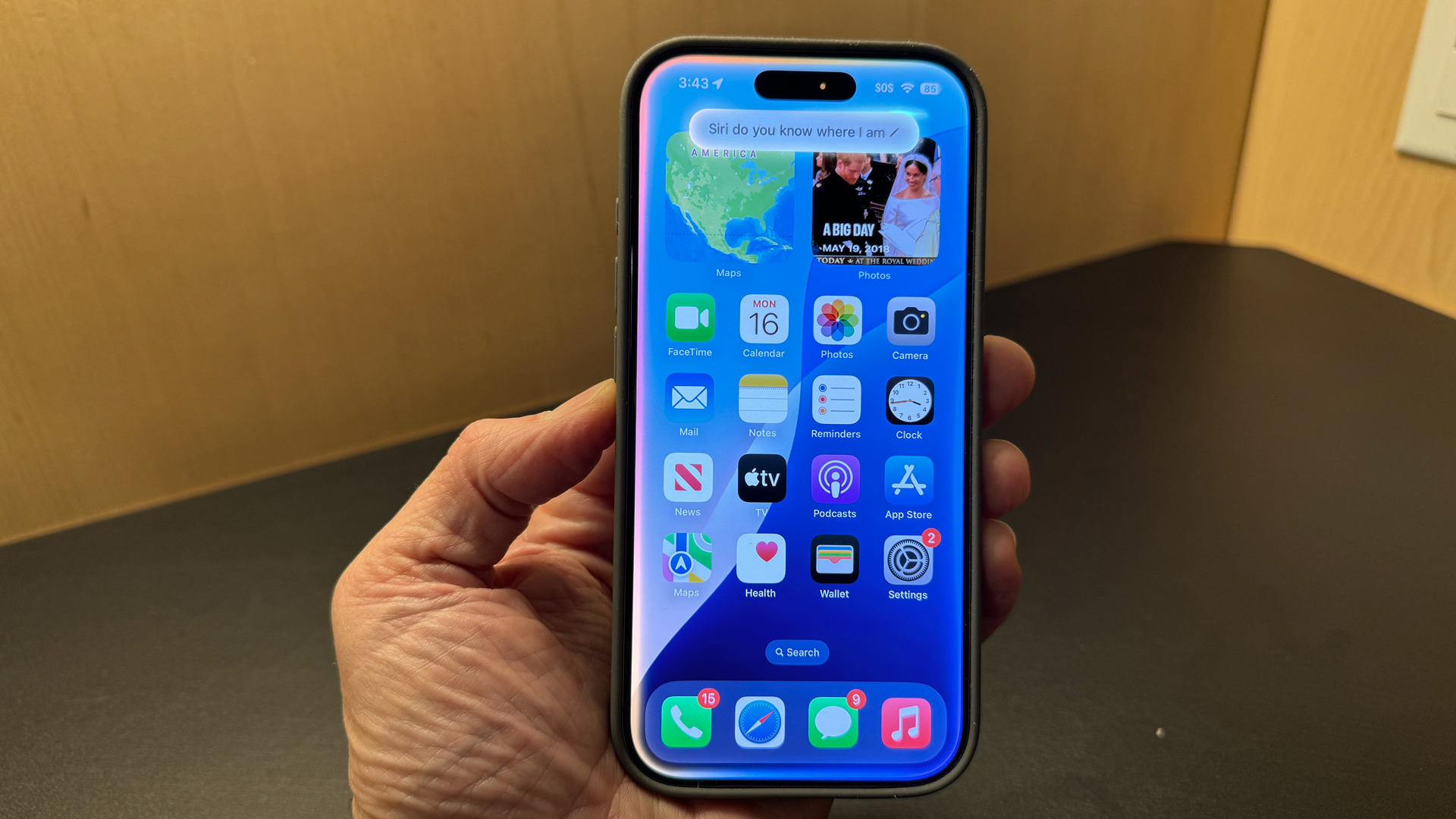

The iPhone 16 Pro has a more powerful chipset than the iPhone 16, but the latter phone will be plenty fast enough for most users.
Consider this: the iPhone 16’s A18 chipset boasts a 6-core CPU, a 5-core GPU, and a 16-core Neural Engine for AI and machine learning processing, all of which deliver 30% faster GPU performance and 40% faster GPU performance than the iPhone 15’s A16 Bionic. In our iPhone 15 review, we described the A16 Bionic as being able to “handle pretty much any task you throw at it,” and the same is certainly true of the iPhone 16’s A18.
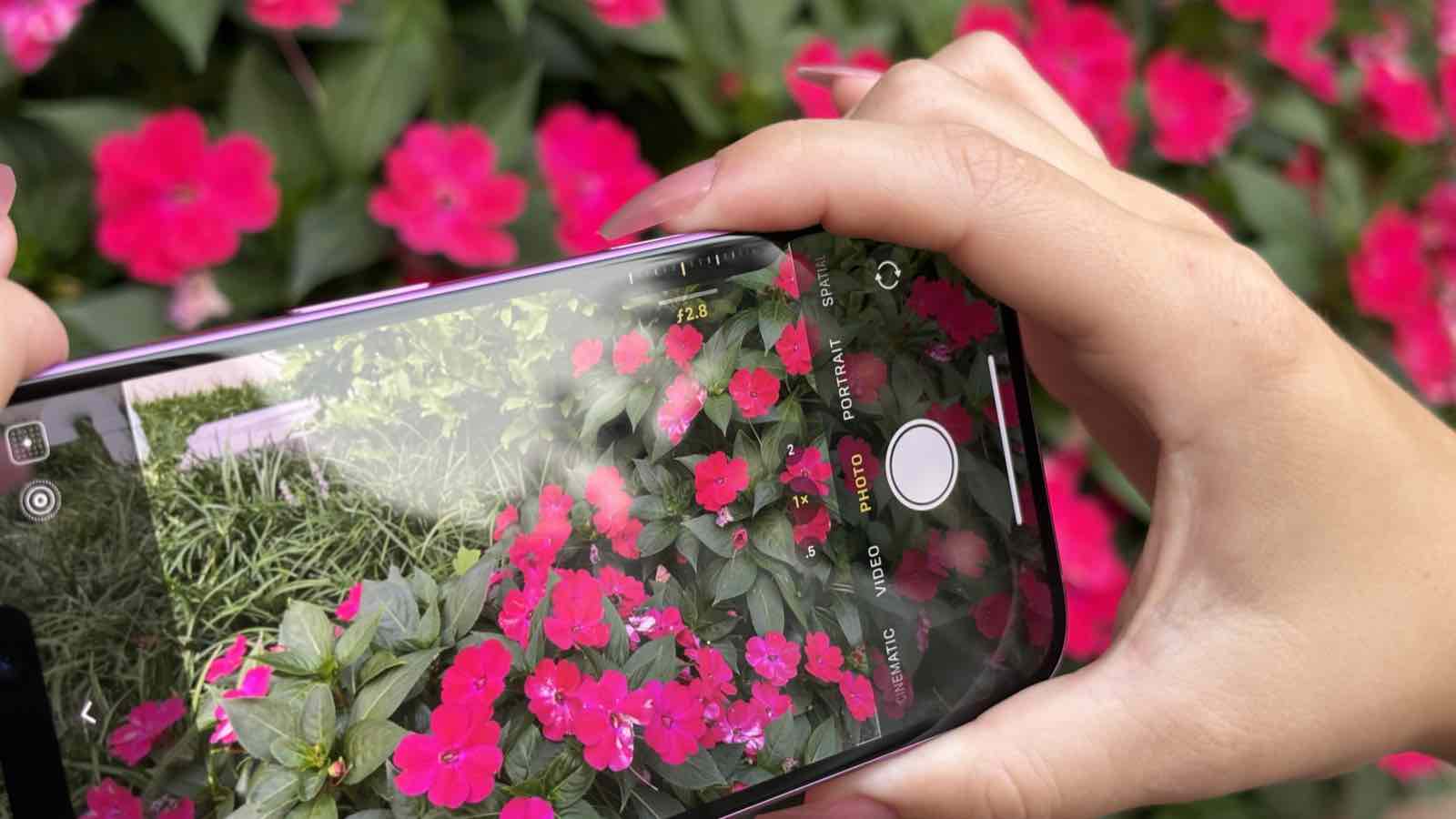
The iPhone 16 Pro’s A18 Pro chipset, meanwhile, boasts an extra GPU core over the A18, so it’s an even more powerful beast. How much more powerful? It’s hard to say. But given how much praise we heaped on the “phenomenally smooth” iPhone 15 Pro, you’re unlikely to be left wanting for performance with the iPhone 16 Pro (read: you won’t be).
Both the iPhone 16 and iPhone 16 Pro support Apple Intelligence to an equal degree – likely due to their shared 8GB RAM capacity – which brings a smarter Siri, text summarization, writing assistance, generative image creation, and other AI-powered features to both models as part of iOS 18. You’ll also get at least five years of software and security updates, regardless of which model you go for.
iPhone 16 vs iPhone 16 Pro: Battery
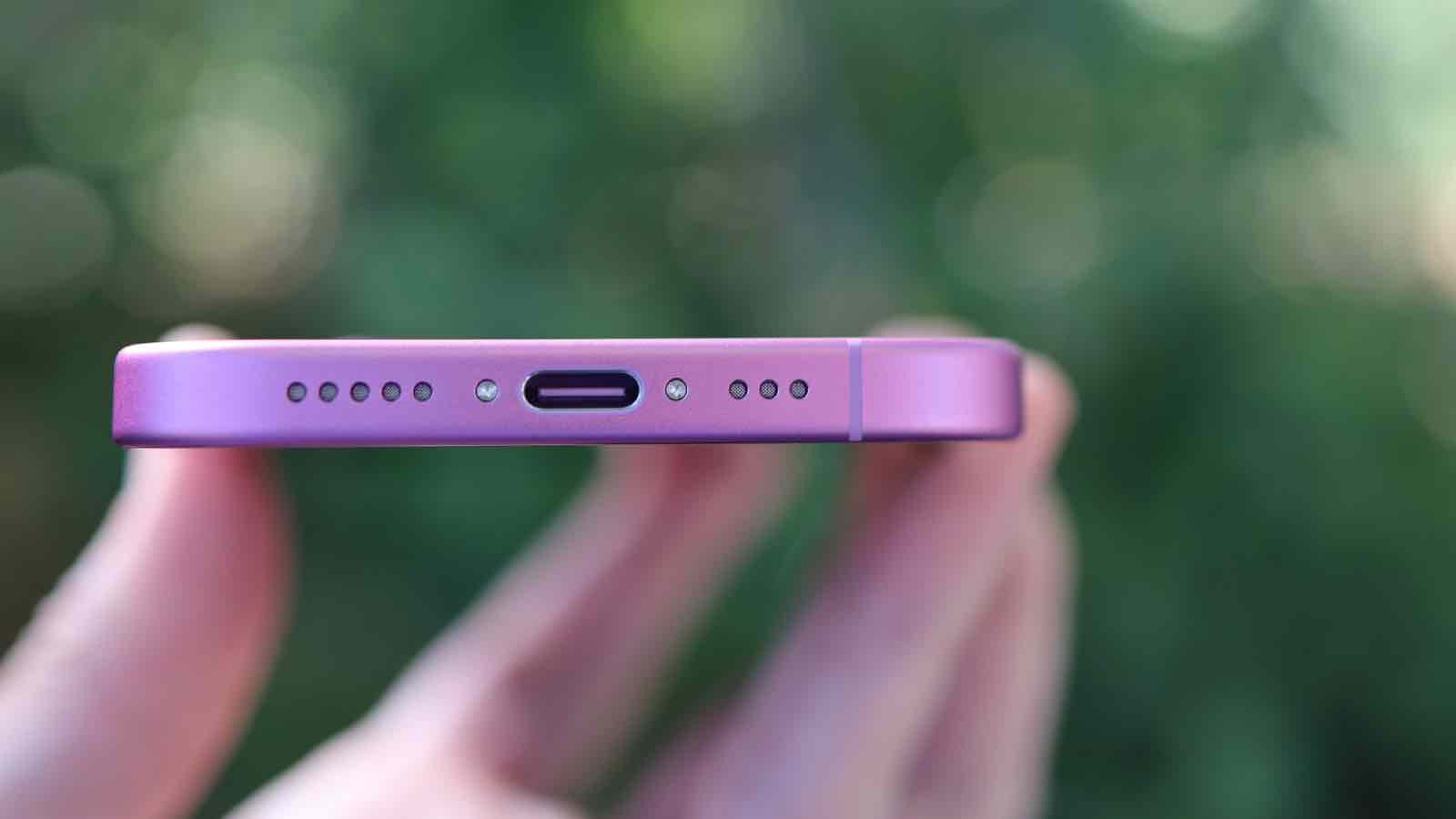

Apple doesn’t publicly share the battery size for any of its iPhones, but GSMArena reports that the iPhone 16 has a battery capacity of 3,561mAh and the iPhone 16 Pro has a battery capacity of 3,582mAh.
You’ll get all-day battery life from either phone, but in our testing, we found that the iPhone 16 Pro lasted slightly longer, delivering 14 hours of juice versus the iPhone 16’s 12 hours and 43 minutes. In either case, these are impressive figures.
Both phones support 45W wired charging, 25W wireless Qi-2 or MagSafe charging, and 4.5W reverse wired charging for juicing up accessories on-the-go (here’s how to charge AirPods using an iPhone, if you’re interested).
iPhone 16 vs iPhone 16 Pro: Verdict
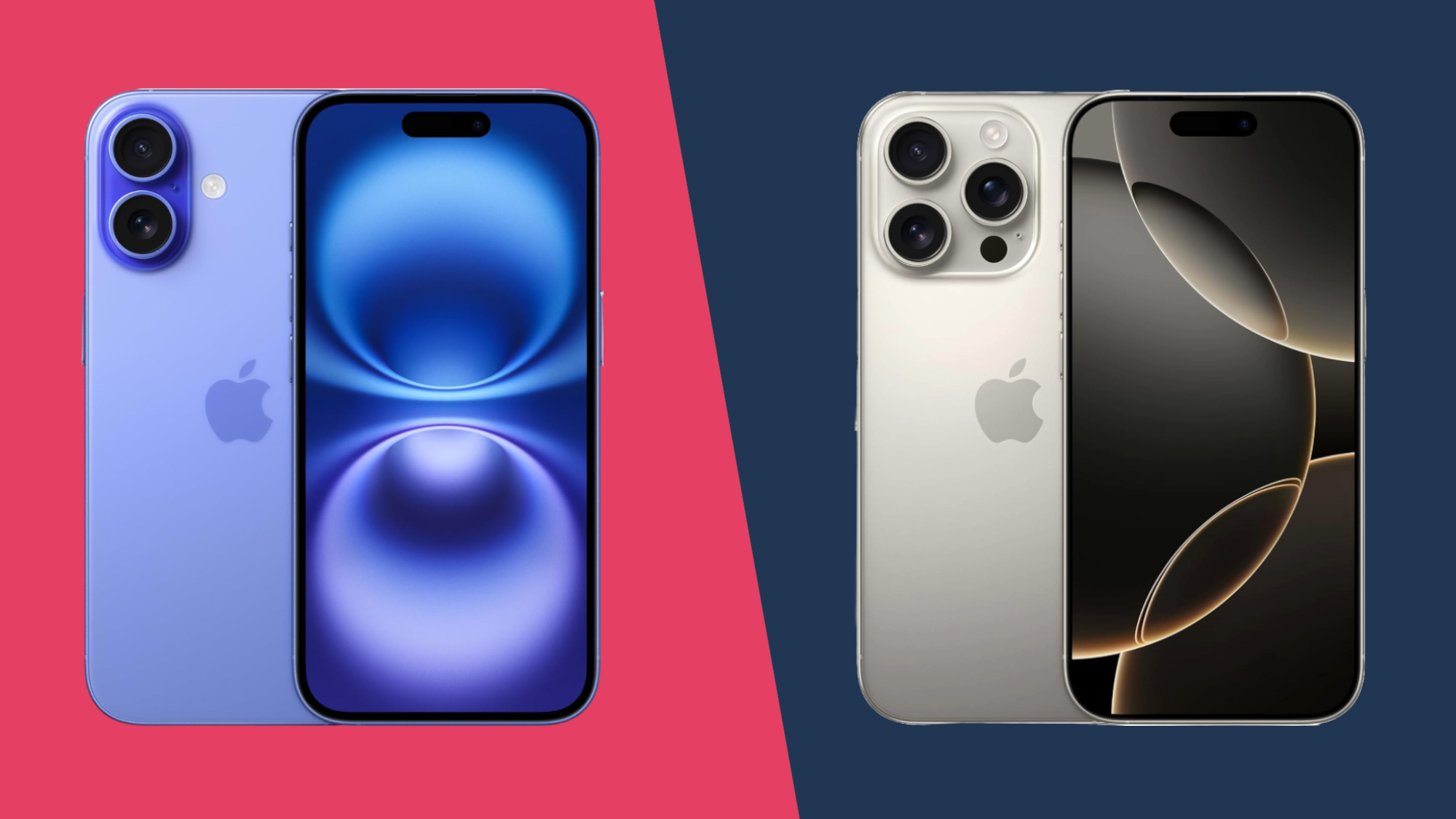
So, should you buy the iPhone 16 Pro or the iPhone 16? As usual, it depends on what you value in a smartphone.
Both devices are among the best phones on the market, and although the iPhone 16 Pro is objectively better than the iPhone 16 in some areas, we’d only recommend shelling out the extra cash for the latter model if you’re particularly concerned about having the best cameras, a 120Hz refresh rate, and a titanium design.
The iPhone 16 boasts the same Action button, Camera Control button, 48MP main camera, and Apple Intelligence compatibility as the iPhone 16 Pro, and you’ll save at least $200 / £200 / AU$400 by opting for Apple’s latest standard model over its latest flagship.
Of course, the iPhone 16 Pro is a level above its standard sibling in terms of its sheer premium-ness, and if you’ve got the disposable income to spare, we can’t recommend it enough. However, we’re equally impressed with the value proposition of the iPhone 16, so if you’re hesitant to spend three figures on a smartphone, go for the base model instead.
You might also like
- iPhone 16 Pro Max vs iPhone 15 Pro Max: clash of the titans
- iPhone 16 Pro vs iPhone 16 Pro Max: a Pro showdown
- iPhone 16 review: elevating the base to new heights

Axel is TechRadar's Phones Editor, reporting on everything from the latest Apple developments to newest AI breakthroughs as part of the site's Mobile Computing vertical. Having previously written for publications including Esquire and FourFourTwo, Axel is well-versed in the applications of technology beyond the desktop, and his coverage extends from general reporting and analysis to in-depth interviews and opinion.
Axel studied for a degree in English Literature at the University of Warwick before joining TechRadar in 2020, where he earned an NCTJ qualification as part of the company’s inaugural digital training scheme.